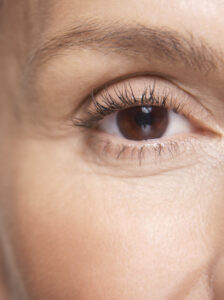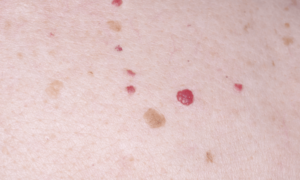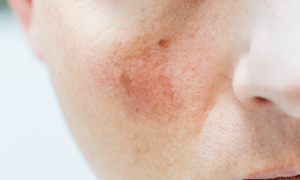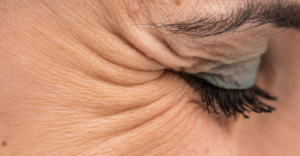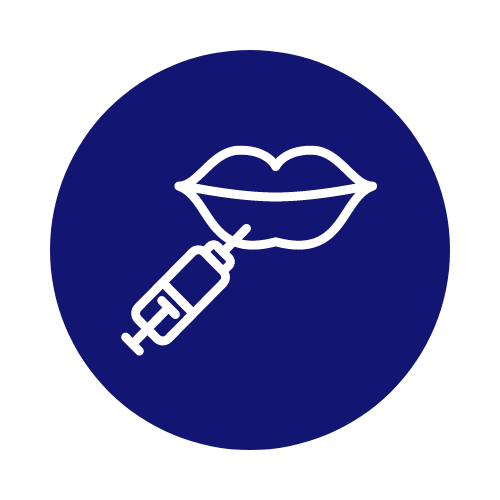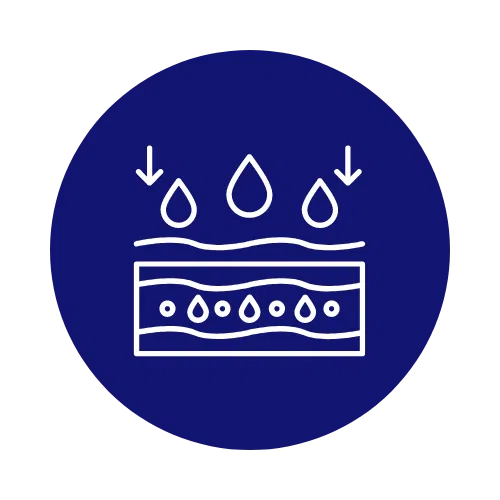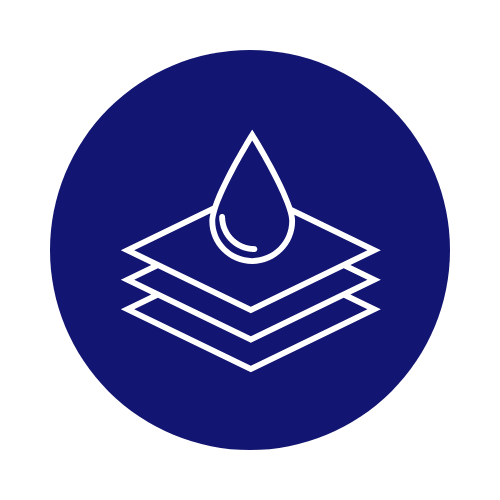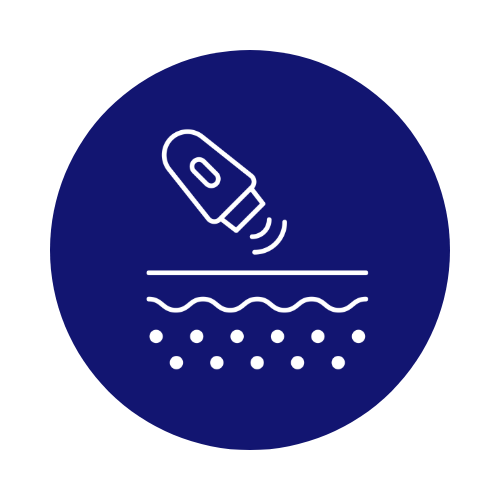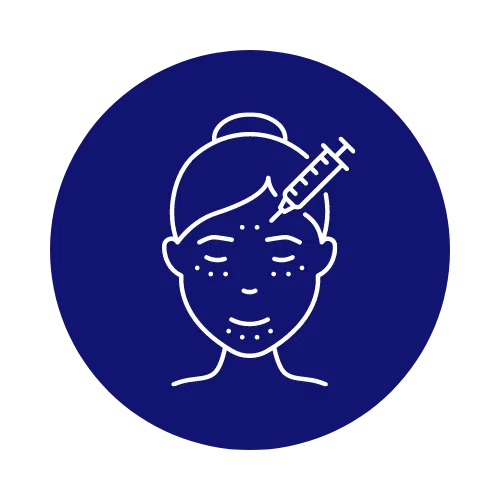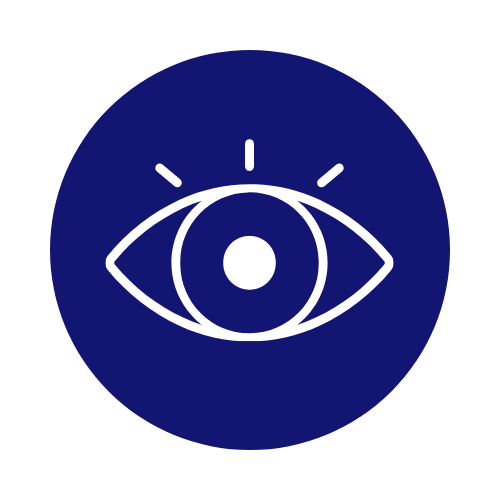Frown lines – those pesky furrows that appear between our eyebrows – can be a source of frustration for many. They often make us look more serious, tired, or even angry than we feel. But there’s a popular solution that has been smoothing the brows of millions worldwide: Botox.
In Ireland, as in many other places, Botox treatments for frown lines have become a go-to option for those seeking a more youthful and relaxed appearance. This post will delve into how Botox can help soften frown lines, what the treatment involves, and what to expect from the results.
What Are Frown Lines?
Frown lines, medically known as glabellar lines, are the vertical creases that appear between the eyebrows and become particularly pronounced when we frown or furrow our brows.
These lines form due to the repeated contraction of the muscles in that area and can range from fine creases to deep furrows, often contributing to a more serious or tired appearance.
Why Do We Get Frown Lines?
We get frown lines due to a combination of factors related to ageing and facial expressions. As our skin loses elasticity over time, it becomes less able to bounce back from the creasing caused by frowning or furrowing our brows. Years of making those repeated expressions lead the temporary lines to become etched into the skin.
Our genetics also play a role in how prone we are to developing prominent frown lines based on our facial structure and muscle composition.
Environmental factors like sun exposure can exacerbate the issue as well. While some frown line development is inevitable with age, its severity is impacted by our skin’s elasticity, expression habits, and individual characteristics.
Understanding Botox and Its Uses
Botox, or Botulinum toxin, is a neurotoxic protein that, when used in small doses, can cause temporary muscle paralysis. In the realm of cosmetic treatments, Botox is primarily used to relax facial muscles, which helps to reduce the appearance of lines and wrinkles. It’s not just for frown lines; Botox is also commonly used to treat crow’s feet, forehead lines, and other facial wrinkles. These anti-wrinkle injections can smoothen the skin giving a younger appearance.
Botox Frown Lines: The Procedure
The process of receiving Botox for frown lines is relatively quick and straightforward. Here’s what you can expect:
Consultation: Before any injections are administered, you’ll have a consultation with a qualified practitioner. They will assess your facial structure, discuss your desired outcomes, and explain the procedure, including any risks and aftercare advice.
The Injection Process: Botox frown line treatment typically involves a series of small injections directly into the muscles responsible for frown lines. The number of injections will depend on the severity of the lines and the desired effect.
Duration and Frequency: The entire procedure usually takes no more than 20 minutes. The effects of Botox for frown lines can last anywhere from 3 to 6 months, after which many patients return for follow-up treatments.
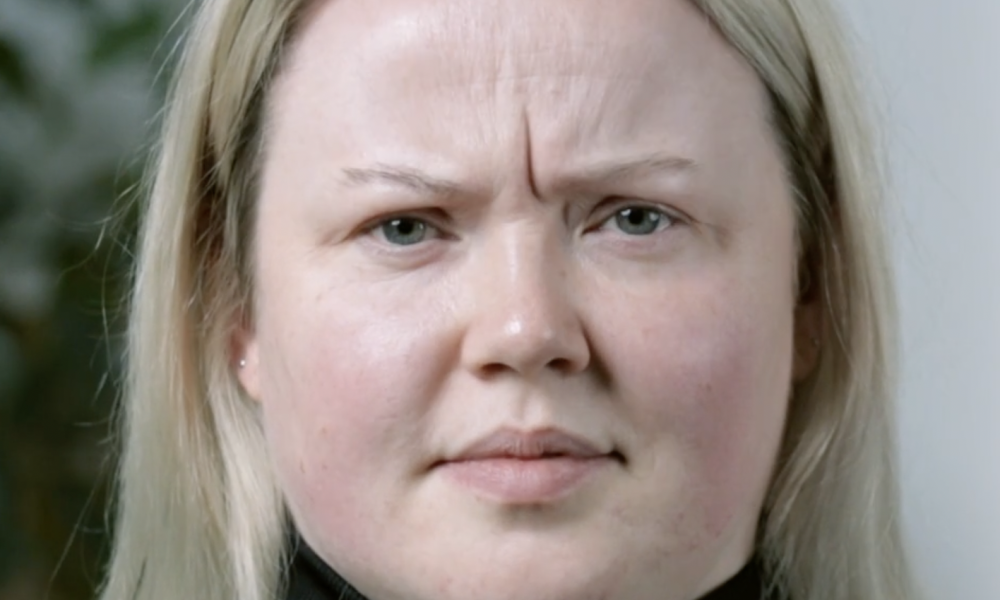
Aftercare and Results
After receiving Botox for frown lines, it’s important to follow the Botox aftercare advice provided by your practitioner. This might include avoiding lying down for a few hours and steering clear of strenuous exercise for a day or two. Most people begin to see the effects of Botox within a few days, with the full results becoming visible after about two weeks.
Safety and Side Effects
Botox is considered a safe procedure when performed by a qualified professional. However, as with any medical treatment, there are potential side effects. These can include bruising at the injection site, headaches, or a drooping brow if the Botox spreads to nearby muscles. It’s crucial to discuss all potential risks with your practitioner beforehand.
Choosing the Right Clinic
When considering Botox for frown lines, it’s essential to choose a reputable clinic. Look for experienced practitioners with a good track record, who offer a thorough consultation process, and who are transparent about their qualifications and the products they use. At Eden Medical we only use qualified medical practitioners. Take a look for yourself at our doctors.
Final Thoughts
Botox for frown lines can provide an effective and convenient way to achieve a smoother, more youthful appearance with minimal downtime. When administered correctly by a qualified professional, the results can look refreshingly natural while boosting your confidence.
If you’re considering this treatment, it’s important to do thorough research and select an experienced practitioner who prioritises safety and can deliver the professional, high-quality service you deserve.
Remember, the key to successful Botox lies not only in the procedure itself but in the expertise of the injector. With the proper care from a skilled provider, those stubborn frown lines can become a distant memory, leaving you with a rejuvenated, line-free look that allows you to smile brightly without worry.
FAQs on Botox for Frown Lines
Botox for frown lines works by relaxing the muscles that cause these lines to form. It can significantly reduce their appearance but may not completely ‘remove’ them, especially if they are very deep. The results vary from person to person, and often, a combination of Botox and other treatments, like fillers, may be recommended for deeper lines.
After receiving Botox for frown lines, you may start to notice an improvement within 24 to 48 hours. However, the full effect of the treatment typically takes around two weeks to become fully visible. The speed of results can depend on factors such as the depth of your frown lines and your individual response to the treatment.
The discomfort associated with Botox injections is usually minimal and brief. The needles used for Botox frown lines are very fine, and while you may feel a small pinch during the injection, the procedure is generally well-tolerated. Some clinics may offer a topical anaesthetic to numb the area before treatment if you are concerned about pain.
The effects of Botox for frown lines typically last between 3 to 6 months. To maintain the results, you will need to have follow-up treatments. The frequency of these treatments can vary based on how your body metabolizes the Botox, your age, and the strength of your facial muscles. Your practitioner will advise you on the best schedule for your needs.
Yes, there are a few general aftercare instructions you should follow after receiving Botox for frown lines:
- Avoid touching or massaging the treated area for at least 24 hours to prevent spreading the Botox to other muscles.
- Stay upright for 4 hours following the treatment; do not lie down or bend over excessively.
- Avoid strenuous exercise, saunas, and heat exposure for 24 hours after the treatment.
- Do not consume excessive alcohol or take blood-thinning medications immediately before or after the procedure, as advised by your practitioner. Your clinic may provide additional or tailored advice, so it’s important to follow their specific recommendations.




